Your Kitchen is Leaking Money. Here’s How to Fix It.
I’ve spent years neck-deep in food costs, first in chaotic restaurant kitchens and later coaching everyday cooks on how to stretch their dollars. And in all that time, I’ve landed on one simple truth: getting your grocery bill under control isn’t about sad, tiny meals or buying cheap, nutrient-empty food. It’s about running your kitchen with the same savvy mindset a professional chef uses. It’s all about a smart plan, total efficiency, and actually respecting the ingredients you buy.
In this article
When food prices climb, it’s easy to feel helpless. But here’s the secret—you have way more power than you think. The real magic happens in your own kitchen, both before you even think about grabbing a shopping cart and long after you’ve put the groceries away.
And no, this isn’t about becoming an extreme coupon-clipper or giving up the foods you genuinely love. It’s about making a mental shift. We’re going to walk through the exact strategies the pros use to slash waste, get the most out of every ingredient, and feel totally in command of the food budget. It takes a little practice, but honestly, these are skills that will pay you back for life.

It All Starts With a Plan (No, Really)
In the restaurant world, we call it “inventory management.” At home, you can just call it “knowing what you’ve got.” This is the single most important habit you can build, and it’s where most people go wrong. Never, ever make a grocery list without peeking into your fridge, freezer, and pantry first.
It sounds ridiculously simple, but most people write a list based on what they feel like eating, not what they need to buy to finish the meals they could already make.
The “Shop Your Pantry First” Method
Before you even dream of a recipe, do a quick scan. What’s hiding in there? Half a bag of lentils? That lonely can of crushed tomatoes? A couple of chicken thighs in the freezer? Your mission is to build meals around these items first. This completely flips the script. Instead of finding a cool recipe and then buying 12 new ingredients, you start with the food you’ve already spent money on. This one change in perspective saves so much food from being forgotten in the back of a shelf until it’s too late.
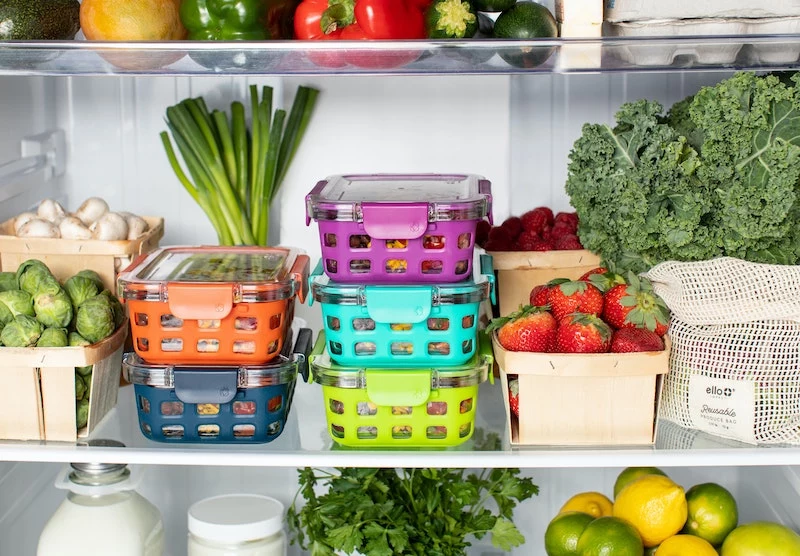
I once worked with a new cook who kept ordering more onions, day after day. Meanwhile, we had a giant 50-pound sack of them in dry storage. He just wasn’t looking first. It’s a costly mistake in a restaurant, and it’s just as draining on a home budget.
Meal Planning That Actually Works
Let’s be real, rigid meal plans are a drag. The best ones have a little wiggle room. A fantastic pro strategy is to plan around a “hero” ingredient. For example:
- Night 1: Roast a whole chicken. Serve it with some roasted potatoes and green beans. Simple and classic.
- Night 2: Shred the leftover chicken meat for some quick tacos or toss it into a stir-fry with whatever veggies you have.
- Night 3: Take that chicken carcass and make a rich, delicious stock. Use that liquid gold and any last bits of meat for a comforting chicken noodle soup.
See that? One main purchase—a whole chicken which might cost $1.99/lb compared to pre-cut breasts at $4.99/lb—just anchored three completely different meals. You’ve saved money on the protein, cut down on cooking time for two nights, and used every single part. That’s kitchen efficiency.

Oh yeah, and always plan a “flex night.” This is your get-out-of-jail-free card for days you’re exhausted. Think ‘clean-out-the-fridge’ quesadillas, a simple frittata, eggs on toast, or a big salad with a can of chickpeas thrown in. It’s the buffer that keeps you from spending $40 on takeout.
FIFO: Your New Best Friend
This is a non-negotiable rule in professional kitchens: First-In, First-Out (FIFO). It means exactly what it sounds like. Whatever food you bought first, you use first. When you get home from the store, slide the older stuff to the front of the fridge or pantry shelf and put the new stuff in the back. This simple rotation ensures food gets eaten before it expires. No more discovering a fuzzy, three-week-old container of sour cream hiding behind the new one.
YOUR 60-SECOND CHALLENGE: Pause reading right now. Seriously. Walk to your fridge and pull the oldest carton of milk, yogurt, or juice to the front. Boom. You just practiced FIFO and probably saved a few bucks this week.

Your Fridge is a Time Machine (If You Use It Right)
Throwing out spoiled food is literally throwing cash in the trash. Most of this waste is preventable and comes down to improper storage. A little bit of food science can save you a whole lot of money.
The Most Important Tool in Your Kitchen
According to all food safety guidelines, your refrigerator needs to stay at or below 40°F (4°C). This is critical because harmful bacteria throw a party in the “danger zone” between 40°F and 140°F. Don’t just trust the little dial inside—they can be notoriously inaccurate. You can get a simple fridge thermometer for about $5 online or at any hardware store. It’s a tiny investment that pays for itself the first time it stops you from spoiling a pack of chicken.
By the way, how you organize your fridge is a huge safety deal. Raw meat, poultry, and fish must always go on the bottom shelf, ideally sitting in a container or on a plate. This prevents their juices from dripping onto your lettuce or leftover pasta, which is a classic way cross-contamination happens at home.
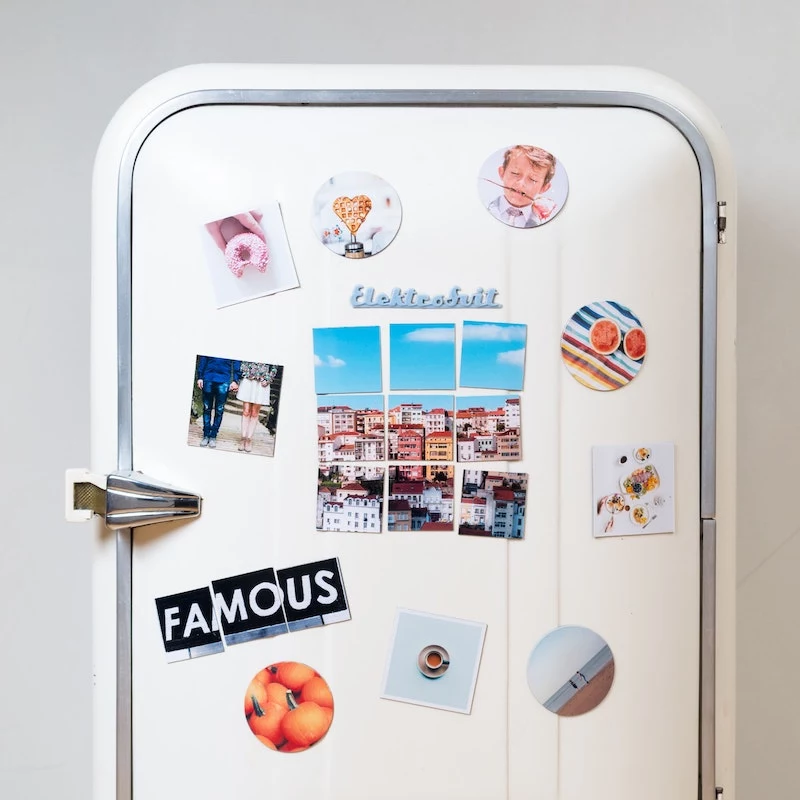
Know Your Produce: They’re Not All Friends
Fun fact: not all fruits and veggies get along. Some of them release a natural gas called ethylene as they ripen, and this gas can make other, more sensitive produce spoil in record time.
To make it easy, think of them in two groups:
- The Gassy Group (The Ripeners): This includes apples, bananas, avocados, tomatoes, and stone fruits like peaches and plums.
- The Sensitive Bunch (The Spoilers): This includes leafy greens, broccoli, carrots, cucumbers, and bell peppers.
Just keep these two groups away from each other. Don’t toss your apples and carrots into the same crisper drawer unless you enjoy limp carrots. Potatoes need a cool, dark, dry spot, but keep them away from onions—the gases they release cause each other to sprout. And for the love of all that is delicious, keep your tomatoes on the counter until they’re ripe. The cold of the fridge kills their flavor-making enzymes and gives them a mealy, sad texture.

The Smart Shopper’s Playbook
Being a smart shopper isn’t just about hunting for the lowest price tag. It’s about knowing what real value looks like.
Store Brands vs. Name Brands
This is probably the easiest swap you can make for immediate savings. For staples like flour, sugar, canned beans, pasta, and salt, the store brand is often nearly identical to the name brand. In many cases, they’re even made in the same factory. You’re just paying for the fancier label and the multi-million dollar ad campaigns. For instance, a store-brand can of black beans might be $0.89 while the famous name brand is $1.59. Do that for ten staple items on your list, and you’ve just saved $7 on one trip without changing what you eat.
That said, there are exceptions. From my own experience, I don’t go cheap on a few key things: pure vanilla extract, good baking chocolate, and a high-quality olive oil. I once tried to save a few bucks on imitation vanilla for a huge batch of pastries. The flavor was weak and artificial, and I had to remake the whole order. Lesson learned the hard way. My advice? Try the store brand on staples first. If you truly notice a difference you can’t live with, you can always switch back.
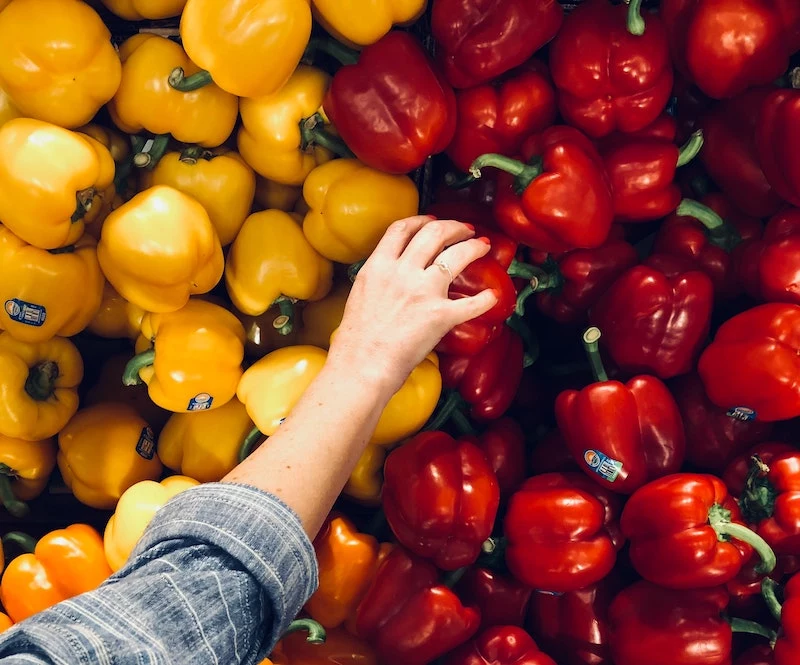
The Magic of Unit Pricing
The price on the shelf is just an advertisement. The real number you need to look at is the unit price—the cost per ounce, per pound, or per 100-count. It’s usually in tiny print on the price tag. Learning to read it is a superpower. A big container of oats might seem more expensive, but its cost per ounce could be half that of the smaller one.
But a heads-up! Beware the “bulk trap.” Buying a giant five-pound bag of salad greens at a great unit price is a terrible deal if you end up throwing half of it away. Bulk buying is your friend for things that don’t go bad quickly, like rice, dried beans, coffee, and spices, or for things you can freeze.
Making Food Last: Your New Superpower
One of the biggest divides between a home cook and a pro is what they do with extra food. An amateur lets it spoil. A pro turns it into something for later. Basic preservation is a game-changer for your budget.
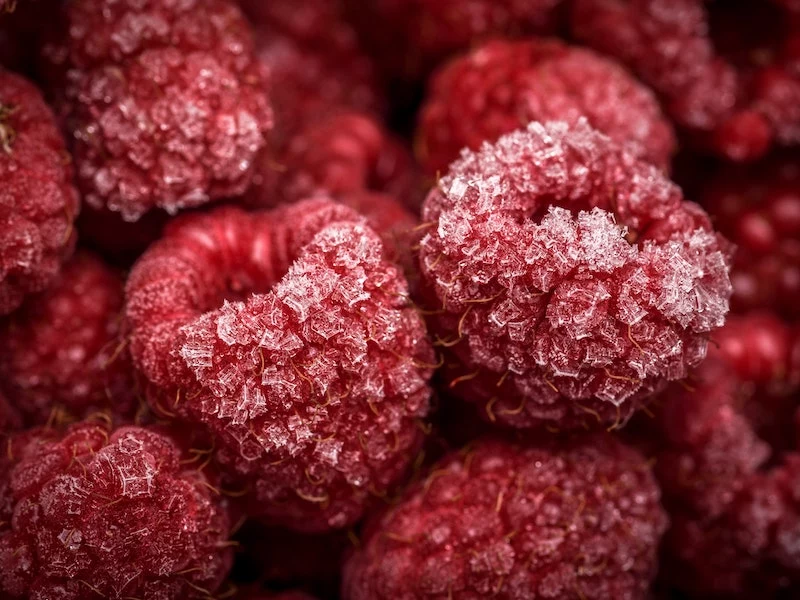
Your Freezer is a Secret Weapon
Your freezer is so much more than a storage unit for ice cream. It’s a time machine.
A quick tip on freezing vegetables: Most of them do best if you blanch them first. It sounds cheffy, but it’s easy. Just follow these steps:
- Boil them for a super short time (usually 1-2 minutes).
- Immediately scoop them out and plunge them into a bowl of ice water to stop the cooking cold.
- Drain them well and pack them for the freezer.
This quick process deactivates the enzymes that make veggies lose their color, texture, and vitamins in the freezer.
And when you see a great sale on ground beef or chicken, stock up! Portion it out into meal-sized packages before you freeze it. Wrap it tightly in plastic wrap, then put it in a freezer bag. That double layer is your best defense against freezer burn.
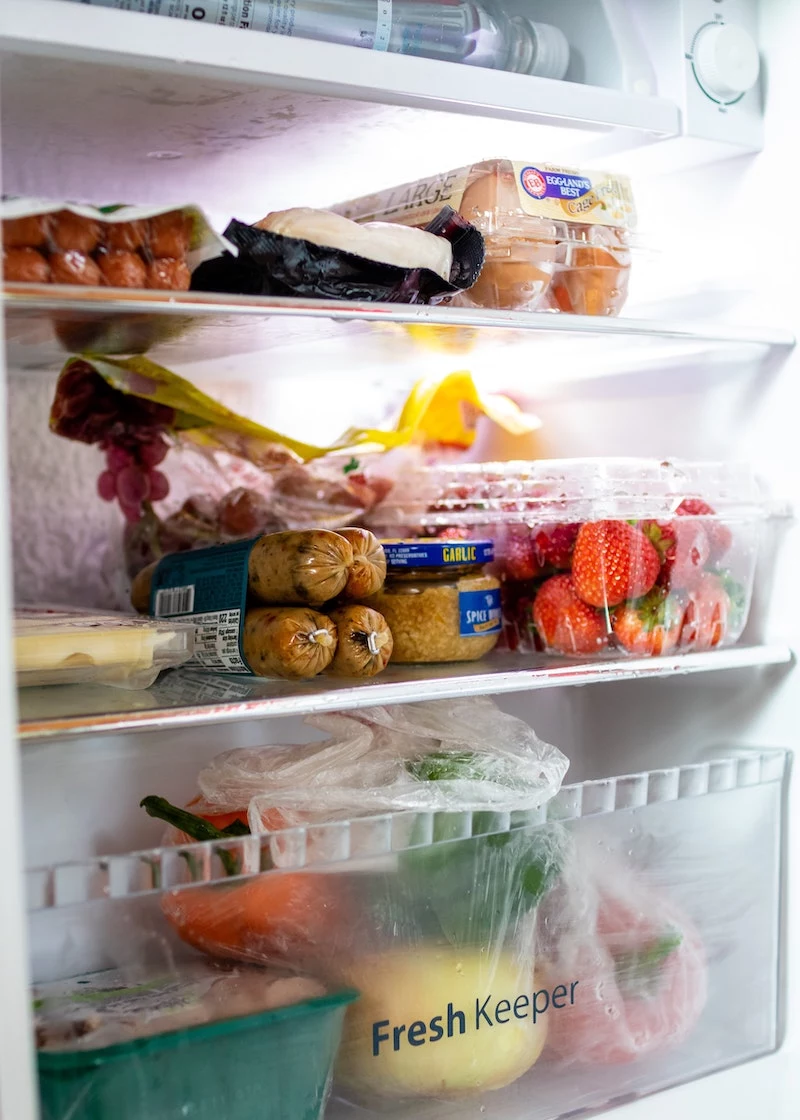
The Easiest, Most Flavorful Broth Ever
This is my favorite kitchen ritual. Never, ever throw away chicken bones or vegetable scraps like onion peels, carrot ends, and celery tops. Keep a big gallon-sized bag in your freezer and just add to it over time. Once it’s full, dump it all in a big pot, cover with water, and let it simmer for several hours while you’re home doing other things. A good, long simmer of at least 4 hours (or up to 8 for a really rich flavor) is perfect. The resulting stock is a million times more flavorful and way cheaper than the boxed stuff. Strain it and freeze it in portions.
Quick word of caution from experience: Don’t add scraps from the cabbage family (like broccoli, cauliflower, or Brussels sprouts) to your stock pot. They can make the whole batch taste bitter.
The No-Waste Kitchen: Using Every Last Scrap
In a pro kitchen, waste is the same as lost profit. Adopting that mindset at home is just as valuable. Learning to use the whole ingredient saves money and, frankly, makes you a better cook.

Learn to Break Down a Whole Chicken
As I mentioned, a whole chicken is almost always cheaper per pound than pre-cut parts. Learning to break it down yourself is a fantastic skill that feels way more intimidating than it is. I promise. There are tons of awesome 5-minute videos on YouTube that walk you through it step-by-step. With about ten minutes of practice, you’ll get two breasts, two thighs, two drumsticks, and two wings… PLUS the carcass for making that amazing free stock. You pay less for more food and get a bonus ingredient.
Get Creative With Scraps
- Stale Bread: Never toss it. Cube it for croutons, blitz it into breadcrumbs, or use it for amazing French toast or bread pudding.
- Broccoli Stems: People throw these away, but they’re delicious! Just peel the tough outer skin and slice up the tender core for stir-fries, slaws, or roasting.
- Citrus Peels: Use a vegetable peeler to shave off strips of lemon or orange peel (try to avoid the bitter white pith). Toss them in drinks, or let them dry out to add to tea or spice rubs.
The goal is to start seeing potential in every part of an ingredient. It becomes a fun, creative habit that feels really good to master.
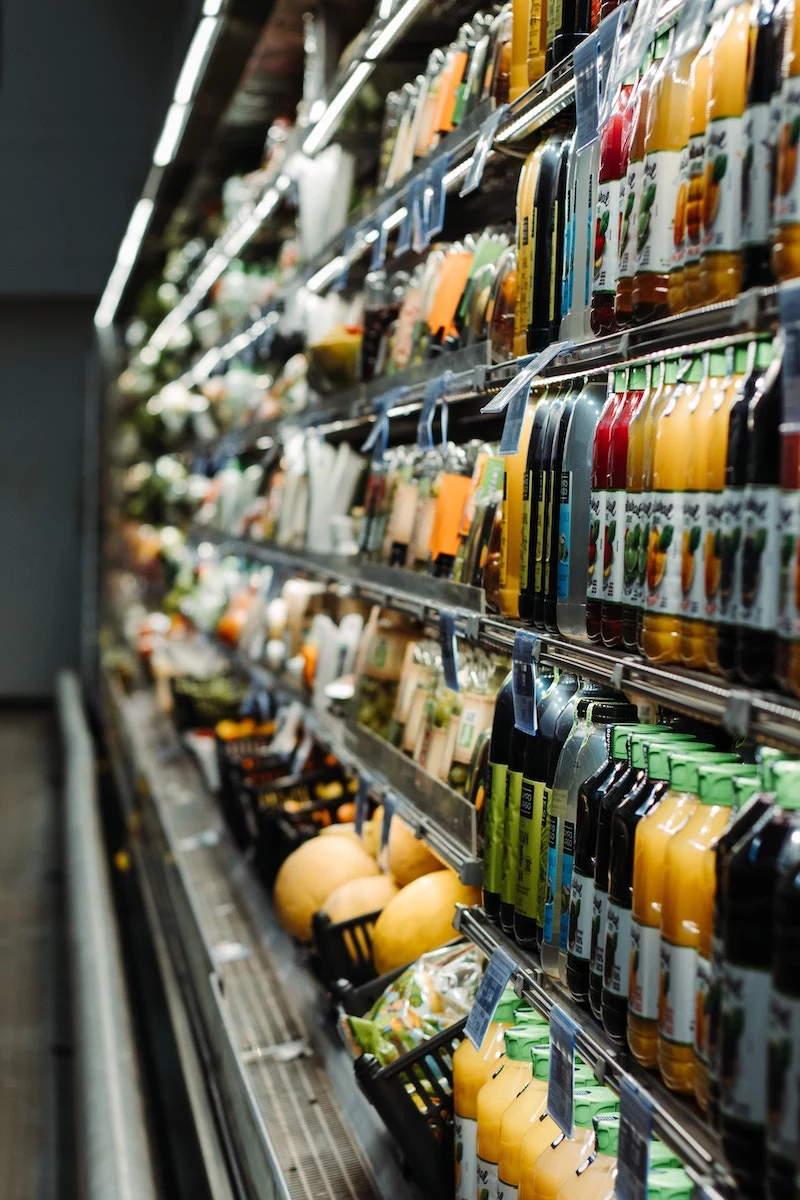
Leveling Up: A Final Tip & A Quick Safety Chat
Once you’ve got the basics down, think about bulk buying. If you have the storage space (like a pantry or a garage shelf), buying things like rice, dried beans, flour, and oil from a warehouse club can save you a ton. Just make sure you have airtight containers to store everything in to keep pests out.
Finally, a quick but important chat about safety. After years in professional kitchens, I’ve had food safety rules drilled into my head. Your health always comes first. Never, ever eat something that smells funky, looks slimy, or has any mold. And when it comes to home canning, the stakes are even higher. Improper canning can lead to very serious illness, so please don’t improvise. Always follow tested, reliable recipes from trusted sources like university extension programs or official culinary websites.
Tackling your grocery bill is a journey of small, consistent changes. Just start with one or two of these ideas. Once they feel like second nature, add another. Before you know it, you won’t just be saving money—you’ll be eating better, wasting less, and feeling like the boss of your own kitchen. And that’s the best feeling of all.

Inspirational Gallery
The single most valuable habit from professional kitchens: First In, First Out (FIFO). When you unpack your groceries, move the older items to the front of the fridge or pantry and place the new items behind them. This simple rotation ensures you use what you bought first, drastically cutting down on forgotten, expired food.
Globally, around one-third of all food produced for human consumption is lost or wasted.
Bringing this home, it means that for every three bags of groceries you buy, you might as well leave one in the parking lot. By focusing on using everything you purchase, you’re not just saving money, you’re participating in a global solution from your own kitchen.
Are your fresh herbs always turning into a sad, slimy mess?
Stop storing them in their plastic clamshells. Treat soft herbs like parsley and cilantro like a bouquet of flowers: trim the stems and place them in a jar with an inch of water in the fridge. For woody herbs like rosemary and thyme, wrap them in a slightly damp paper towel and place them in a reusable silicone bag, like a Stasher, in your crisper drawer. They’ll last two to three times longer.
- Vibrant, no-waste pestos
- Nutrient-rich additions to smoothies
- Flavorful sandwich spreads
The secret? Stop throwing away your carrot tops, beet greens, and radish leaves. These ‘scraps’ are edible, nutritious, and delicious. A quick blanch and blend with olive oil, nuts, and garlic turns vegetable parts you’d normally trash into a gourmet product.
Think of your freezer as a financial pause button. It’s not just for peas and ice cream. You can rescue ingredients on the verge of going bad and save money.
- Leftover wine or coffee? Freeze in ice cube trays for future sauces or iced lattes.
- Tomato paste? Dollop single-tablespoon portions onto a plate, freeze, then transfer to a bag.
- Fresh ginger? Freeze the whole root. It’s easier to grate when frozen and lasts for months.
Store-bought chicken stock: A 32-ounce carton can cost $3-$5 and is often high in sodium.
Homemade chicken stock: Costs next to nothing. Just use the carcass from a roast chicken and vegetable scraps you’ve saved (onion ends, carrot peels, celery butts).
The result is a richer, healthier, and practically free base for countless meals. The flavor is incomparable.
‘Best By’ is not ‘Bad After.’
A huge amount of food is tossed due to confusion over date labels. A ‘Best By’ or ‘Sell By’ date is the manufacturer’s suggestion for peak quality, not a safety deadline. Trust your senses. Your eyes and nose are the best tools for determining if food like milk, eggs, or yogurt is still good, often days or even weeks past the date.
That bag of wilting spinach or those slightly-too-soft apples aren’t a failure, they’re an opportunity. Before they go bad, take 10 minutes to transform them. Sauté the spinach with garlic and freeze it in pucks for future omelets or pastas. Cook the apples down into a quick sauce. This ‘ingredient triage’ mindset stops waste before it happens.
Adopt the chef’s ‘mise en place’ (everything in its place) philosophy for your fridge. When you get home from the store, wash and chop some of your produce. Store celery sticks in water, put washed lettuce in a sealed container, and dice an onion. By using clear, stackable containers like OXO Pop or glass alternatives, you create a visual inventory that makes cooking faster and ensures you see—and use—what you have.










